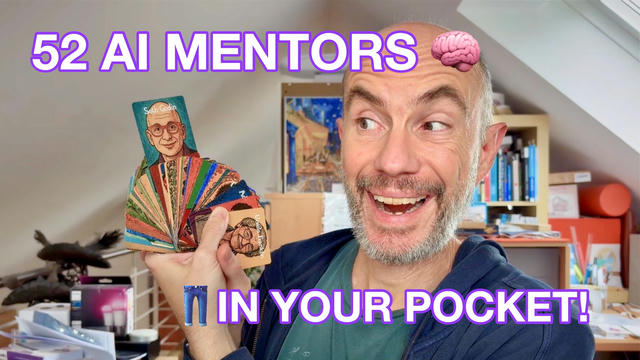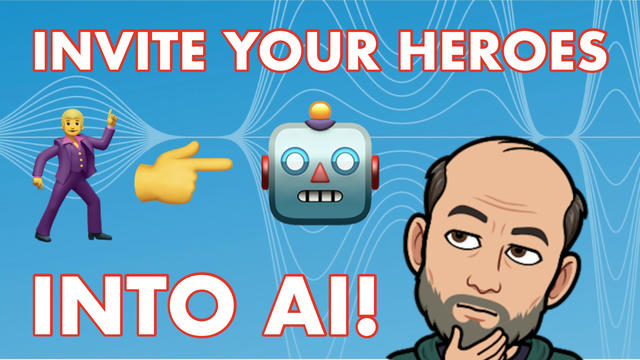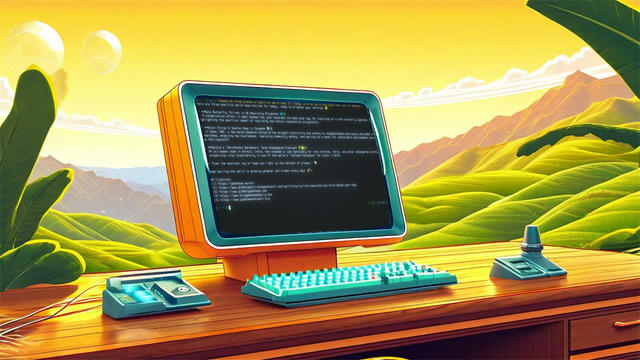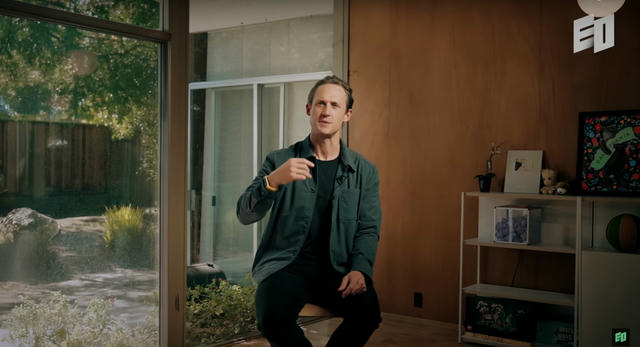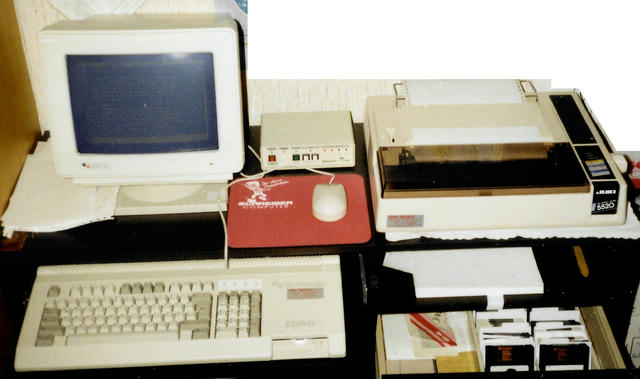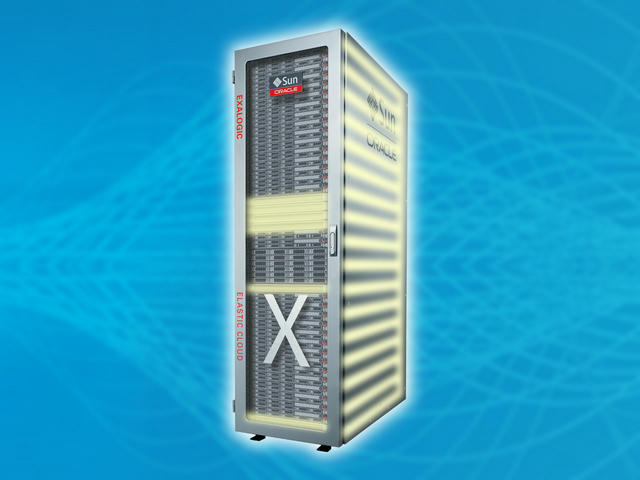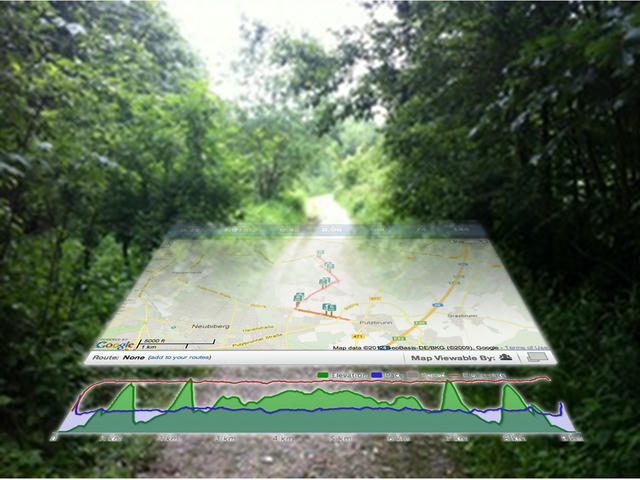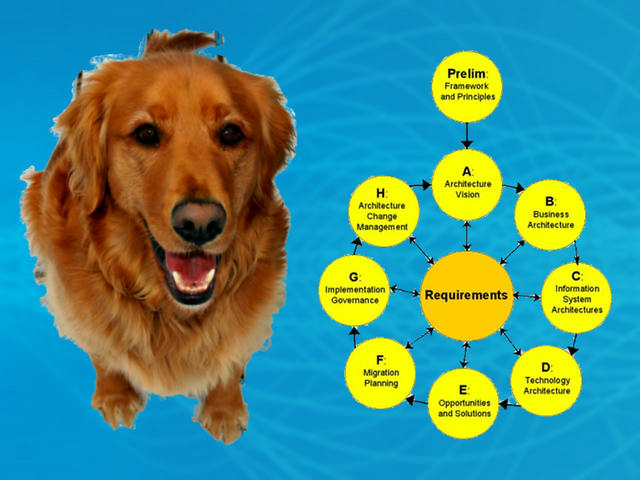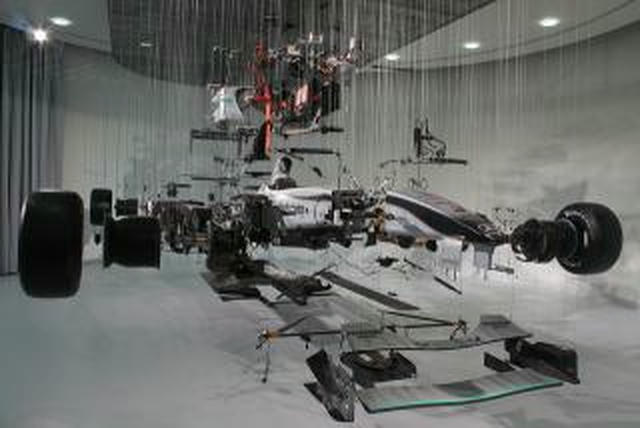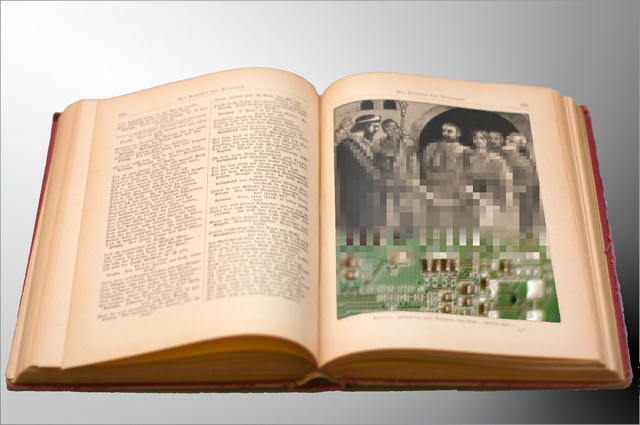A while ago, I mentioned an executive who admitted they didn’t use AI tools themselves. In Admit You Don’t Know: Reverse Mentorship With An AI Sherpa, Jeremy Utley recently blogged about a similar observation, but turns it around by challenging leaders to admit they don’t know, then to do something about it.
His core insight is powerful: “Most leaders think credibility comes from always having the answer. In the AI era, it’s the opposite. Credibility comes from admitting you don’t know—and doing something about it.”
Acknowledging that execs and other senior people might struggle with justifying the time to spend learning, he offers two solutions:
Find a junior mentor who is fluent in AI, and let them teach them. He calls it “reverse mentorship”, but I disagree on the “reverse” part: a mentor is someone who shares experience they have with a mentee who lacks that experience. The concepts of “junior” or “senior” are related to experience, not age. Just because a mentor is less senior in one dimension (like tenure, age, or business experience), doesn’t mean they may not be senior in another dimension (like AI experience).
An “AI Sherpa”, an AI-experienced co-worker acting as a shadow who analyzes the day-to-day work of an executive, then builds custom AI experiences (i.e., with ChatGPT’s “Custom GPTs” feature or Claude’s artifacts), tailored to the exec’s workflow and specific needs.
What makes Jeremy’s approach particularly compelling is a real example he shares: Don from PCCP, LLC publicly asked for an AI mentor at a company conference, saying “I raised my hand and asked for a mentor, even though I run the firm.” When Don shared his positive experience the following week, several other senior leaders immediately stood up asking for AI mentors on the spot. One act of leadership humility sparked a movement. I wish the exec I observed had the humility to do something about their lack of AI experience!
I’m still not a fan of shortcuts, and the concept of an AI Sherpa sounds like an excuse for not doing the learning. But Jeremy positions it cleverly as making transformation “irrefusible” for resistant leaders—if they refuse world-class AI mentorship designed specifically for them, that reveals something about their commitment to change. It’s certainly better than doing nothing, and it removes the typical barriers that prevent executives from getting started.
The bottom line remains: you can’t require what you won’t do. And in the AI era, admitting “I don’t know” might be the most credible thing a leader can say.


